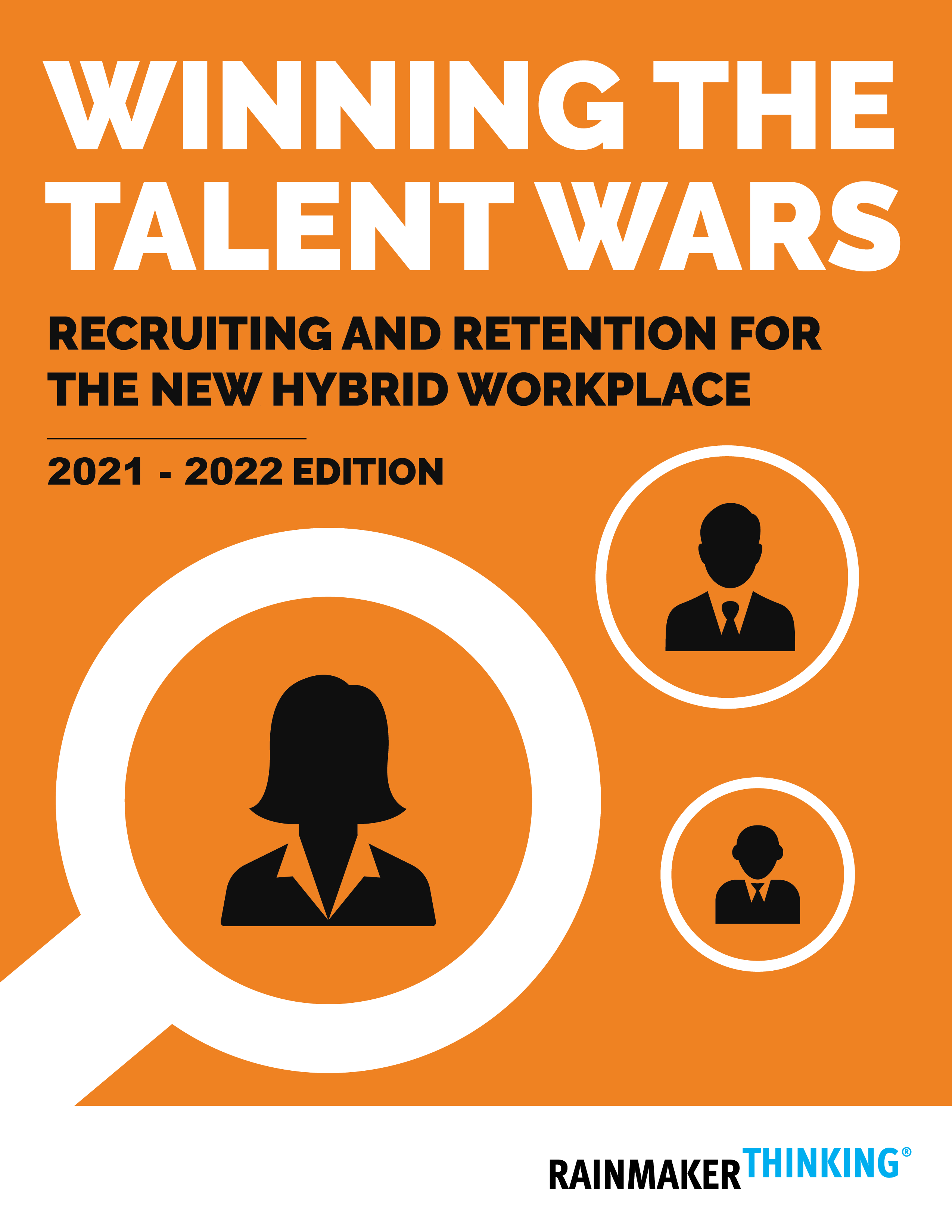The Top Causes of Employee Turnover in 2021

There is an acute talent shortage facing employers of all sizes, in all industries. While there are plenty of short-term causes, presumably temporary, the costs to employers will be huge.
Not only must organizations fill the gaps with new hires, they must also ensure their best employees stay. Rather than seeking to reduce turnover, employers must gain control of it--prioritizing holding onto their best talent in the midst of competitive hiring.
Understanding why the best employees leave, or at least want to leave, is step one.
The top four causes of early voluntary turnover
There is great consistency in data over more than two decades, including the last two years, in the top four causes of early voluntary departures among newly hired employees (within two years).
- Buyer's remorse. This results from the employer overselling the job to potential candidates. The newly hired employee is very disappointed by the real conditions of the job as compared with representations or promises made during the hiring process.
- Inadequate on-boarding and/or up-to-speed training processes. This occurs when the first days and weeks of a new hire's employment are not rigorously scheduled with interactions, experiences, and assignments designed to make a connection between them and the new organization. That means clearly presenting and continuously reinforcing the mission, values, history, culture, people, and work. It is important to transfer ownership of at least one concrete task, responsibility, or project to every new hire.
- Hand-off to a disengaged or unsupportive manager. This is when the manager does not provide clear expectations, regular feedback about performance, engage in resource planning/troubleshooting/problem-solving, or give credit and reward for high performance.
- Limited flexibility. This could mean flexibility in anything from assignment choice, to schedule, to location or workspace, to any other preferred work condition.
Leaving without leaving
While much hiring was postponed during the Covid-19 pandemic, where hiring was occurring, some of the underlying conditions contributing to these causes were exacerbated, resulting in unnecessary hiring failures. At the same time, some new hires suffering these causes may have hesitated to leave their jobs during the pandemic, even if they had concluded that taking the job was 'a mistake.'
When employees, whether new hires or longer-term, decide to quit when the time is right, we call this 'leaving in your head,' or 'leaving without leaving.' This phenomenon is sometimes the explanation for diminished performance or bad attitude from a previously good employee.
Leaving without leaving is also a big component of pent-up departure demand.
The top five causes of pent-up departure demand
The top five causes of pent-up departure demand in today's workforce also overlap with data over the last two decades regarding top causes of mid-stage voluntary departure occurring within two to five years of employment.
- Overcommitment syndrome for an extended period with no end in sight. Chronic overcommitment syndrome results in siege mentality: when all incoming requests, assignments, and opportunities feel like an assault. This inevitably leads to burnout.
- Disengaged or unsupportive manager. When someone's manager does not engage in regular, ongoing, 1:1 conversations about the work with them, they will stagnate. They may feel their manager does not provide the guidance and direction to set them up for achieving their best work. Or, they may come to resent the manager for failing to recognize the great work they do. An employee may also perceive a manager's lack of engagement as representative of how valuable they are to the organization as a whole.
- Limited flexibility. This may be flexibility in anything from assignment choice, to schedule, to location or workspace, or any other preferred work condition. Now that employees have seen it is possible to achieve nearly universal work-from-home conditions, they are more skeptical of employers or managers who refuse to offer sufficient flexibility.
- Lack of career path. The best employees will leave when there are no clear steps toward role/position growth or career advancement.
- Relationship conflict. This could be cliques, ringleaders, or other exclusionary social formations. Or, growing friction resulting from a lack of clear communication when it comes to collaborative work.
Again, the Covid-19 pandemic--with its attendant dangers, fears, lockdowns, supply chain disruptions, market volatility, and other pressures--exacerbated many conditions underlying these causes. While many people did leave jobs (or the workforce altogether) during the pandemic, many others stayed in place waiting for the right time to leave. As hiring soars to record levels in the post-pandemic era, quit rates are also soaring as pent-up departure demand is released.
Gain a strategic hiring advantage in 2021
Read more from our new white paper, Winning the Talent Wars: Recruiting and Retention for the Hybrid Workplace.
The post The Top Causes of Employee Turnover in 2021 appeared first on RainmakerThinking.


